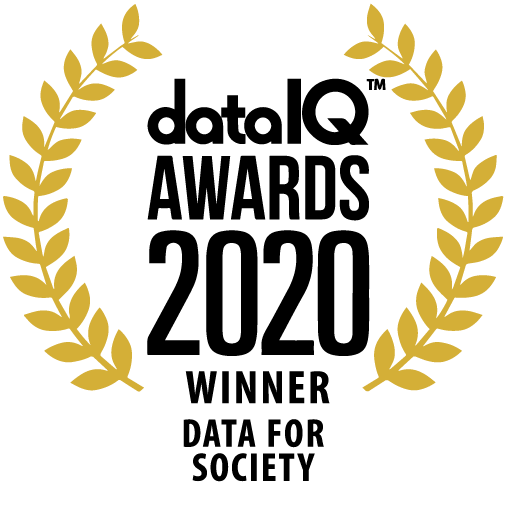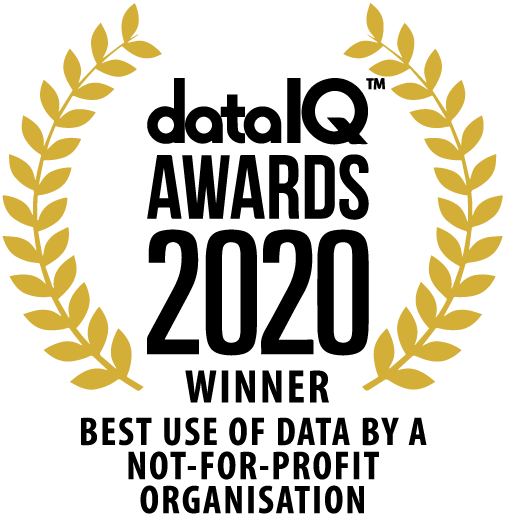Showing all 16 Tech Reports linked to Tamara Sumner
JIME: An Interactive Journal for Interactive Media
How can new media positively transform scholarly practices? In this article, we describe the Journal of Interactive Media in Education (JIME: www-jime.open.ac.uk). JIME's peer review process is designed to promote multidisciplinary dialogue through the use of a purpose-designed Web document-discussion interface. This innovative peer review model and the resulting 'enriched' digital documents illustrate some of the possibilities for promoting knowledge construction and preserving intellectual...read more
Redesigning the Peer Review Process: A Developmental Theory-in-Action
We are looking at how new forms of document interface can be used to support new forms of scholarly discourse, and ultimately, new models of scholarly publishing. Towards this end, we have been using specially designed computer-meditated conferencing technology to realize an innovative peer review model within an academic e-journal - The Journal of Interactive Media in Education. In essence, through re-design of social processes and technical products, we have tried to shift...read more
ID: kmi-00-12
Date: 2000
Author(s): Tamara Sumner, Simon Buckingham Shum, Michael Wright, Nathalie Bonnardel and Aline Chevalier
Resources:Managing Persistent Discourse: Organizational Goals and Digital Texts
Prior to digital communications media, texts were primarily judged using hidden but assumed institutional practices (e.g., journal peer review processes, editorial mediation). Increasingly, digital communications media can make these previously invisible discursive practices visible in a persistent medium. Doing so transforms these discourses into texts where they are subject to: (1) a reader's interpretation and judgment and (2) explicit manipulation by writers or publishers seeking to...read more
ID: kmi-98-03
Date: 1998
Author(s): Tamara Sumner, Simeon Yates, Simon Buckingham Shum and Jane Perrone
Resources:Enriching Representations of Work to Support Organisational Learning
The ENRICH project will develop tools and methodologies supporting organisational learning addressing three core business needs: * Supporting individuals and groups to continuously reflect on and improve work practices. * Supporting distributed groups to share 'best practices' and improve their coordination efforts. * Promoting the establishment of 'virtual centres of excellence' that serve to identify core competencies and nurture their development by bringing people together (across...read more
Publishing, Interpreting and Negotiating Scholarly Hypertexts: Evolution of an Approach and Toolkit
This paper describes the evolution of our approach to scholarly hypertext publishing, which is developing a social model of document usage that places particular emphasis on supporting the interpretation and negotiation of documents. The first part of the paper describes principles derived from hypertext research that underpin a toolkit called D3E which we use to publish an electronic journal. This provides a Web environment that tightly integrates publications with review discussion. In part...read more
From Documents to Discourse: Shifting Conceptions of Scholarly Publishing
We are looking at how new forms of document interface can be used to support new forms of scholarly discourse, and ultimately, new models of scholarly publishing. The vehicle we use to conduct this research is the Digital Document Discourse Environment (D3E). D3E is an experimental system supporting the publication of web-based documents with integrated discourse facilities and embedded interactive components. We report here on two cases - an e-journal and a 'new form' of conference - where we...read more
Talking About Multimedia: A Layered Design Framework
These days there are numerous examples of educational multimedia; e.g., Homer, Virtual Microscope, Art Explorer, EncartaTM and so on. While these are all "educational multimedia", most users, multimedia designers, and educators would agree that these examples represent very different types of applications. However, most people would probably have a difficult time cogently explaining why they are different and, more importantly, the implications of these differences both for effective use and...read more
The Interactive Course Map
When forecasting the learning situation of the future, we often envision students working with a wide array of on-line tools - ranging from standard office productivity tools, to various kinds of communication software, to specialised learning environments tailored to particular curricular needs. In this scenario, learners are not only trying to master the subject or domain content, they must also cope with: (1) mastering a potentially complex assortment of software tools, and (2) developing...read more
New Media, New Practices: Experiences in Open Learning Course Design
We explore some of the complex issues surrounding the design and use of multimedia and Internet-based learning resources in distance education courses. We do so by analysing our experiences designing a diverse array of learning media for a large scale, distance learning course in introductory computing. During the project, we had to significantly rethink the design and production of our learning resources as we shifted from a paper-based teaching model to an interactive teaching model. This...read more
Summary of M206 Map Developmental Testing
This document reports on the results of the developmental testing of the Interactive Course Map prototype being creating for the M206 course (Computing: An object-oriented approach).read more
The Cognitive Ergonomics of Knowledge-Based Design Support Systems
Critiquing systems are a type of active, knowledge-based design support system. They propose to positively influence designers' cognitive processes by pointing out potential problems and contentious issues while designers work. To investigate the effects such systems have on the activities of professional designers, a design environment containing a critiquing system was designed, built, and evaluated for a specific area: phone-based interface design. Four professional designers were observed...read more
ID: kmi-96-16
Date: 1996
Author(s): Tamara Sumner, Nathalie Bonnardel and Benedikte Harstad
Resources:Digital Genres and the New Burden of Fixity
Stability in the production and transmission of texts has been a taken-for-granted feature of communicative acts for much of history. In the past, this fixity (i.e., the reliability of texts not to change over space and time) has arisen from the interaction between immutable technologies (used to produce text) and social rigidity (in the structure and practices of discourse communities where texts are produced and consumed). These interactions provided stable settings fostering the gradual...read more
Integrating Working and Learning: Two Models of Computer Support
This paper describes theories and computer systems illustrating two innovative models of computer support for integrating working and learning. The VDDE system illustrates the design critiquing model helping individual professionals in analyzing current work situations, applying existing knowledge to these situations, and articulating new knowledge. The SmartMedia system illustrates the domain construction model helping communities of practice to collaboratively evolve new ways of working.read more
Evolution, Not Revolution: PD in the Toolbelt Era
An emerging software development context
On the Future of Journals: Digital Publishing and Argumentation
The emergence of the internet and the World Wide Web (WWW) have profound implications for the dissemination of scholarly work, particularly in the area of submission, review, and publication of journals. However to date, much of the impact of these new technologies has been on digitising the products of journal publication; the scholarly processes involved in reviewing journal publications remain unchanged and unsupported. We are using computer-supported collaborative argumentation (CSCA) tools...read more
ID: kmi-96-04
Date: 1996
Author(s): Simon Buckingham Shum, Tamara Sumner and Diana Laurillard
Resources:Supporting Evaluation in Design
Design problem-solving requires designers to be creative and to express evaluative judgments. Designers propose successive partial solutions and evaluate these solutions with respect to various criteria and constraints. Evaluation plays a major role in design because each successive evaluation step guides the course of design activity. However, evaluation of design solutions is difficult for both experienced and inexperienced designers because: (1) in complex domains, no single person can know...read more







